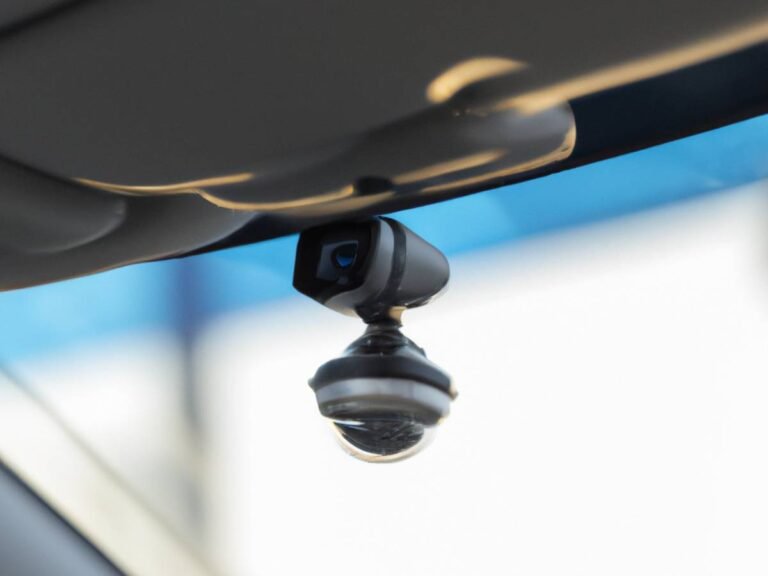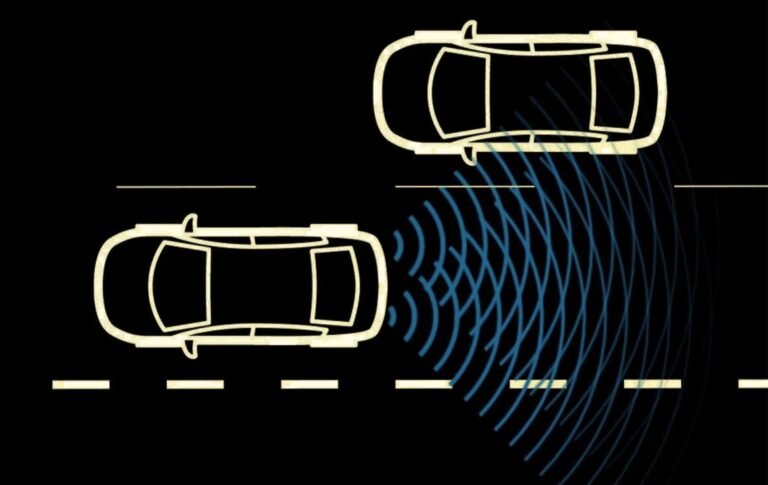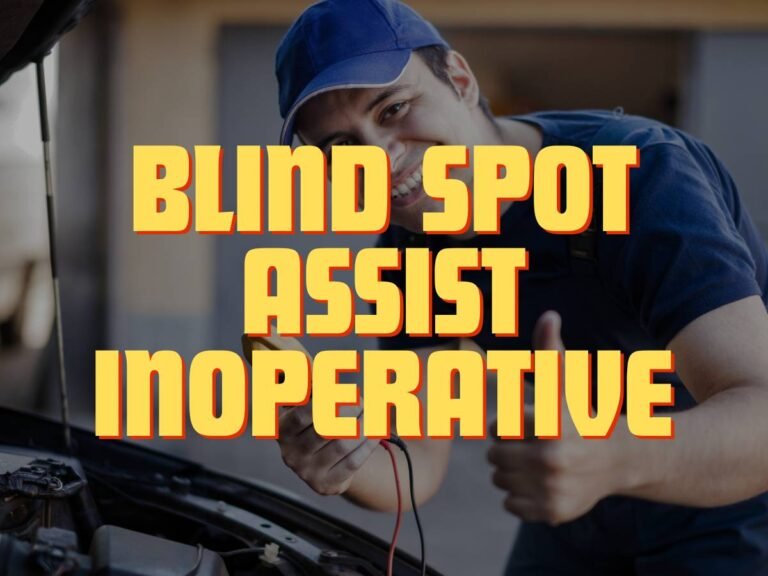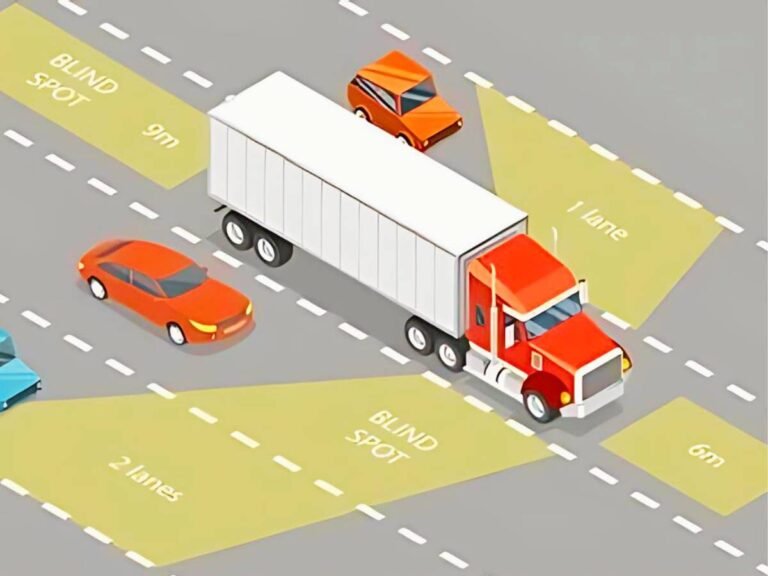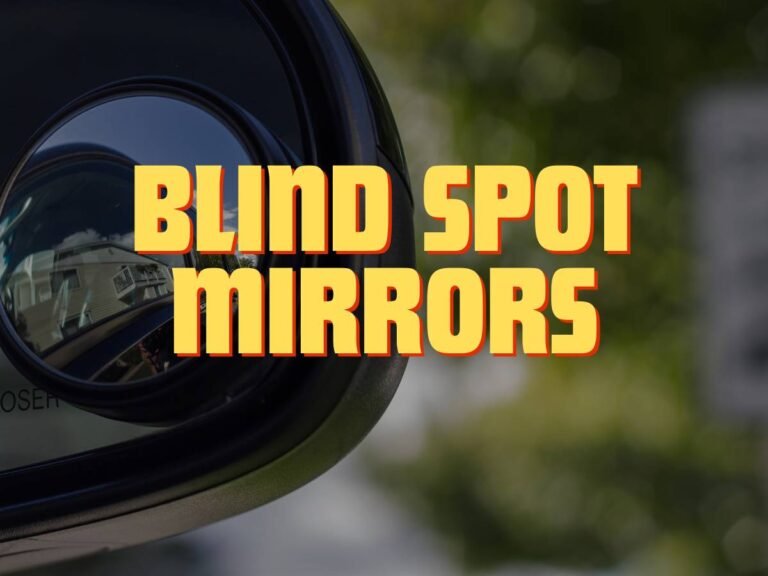Lane Keep Assist for Eliminating Blind Spots
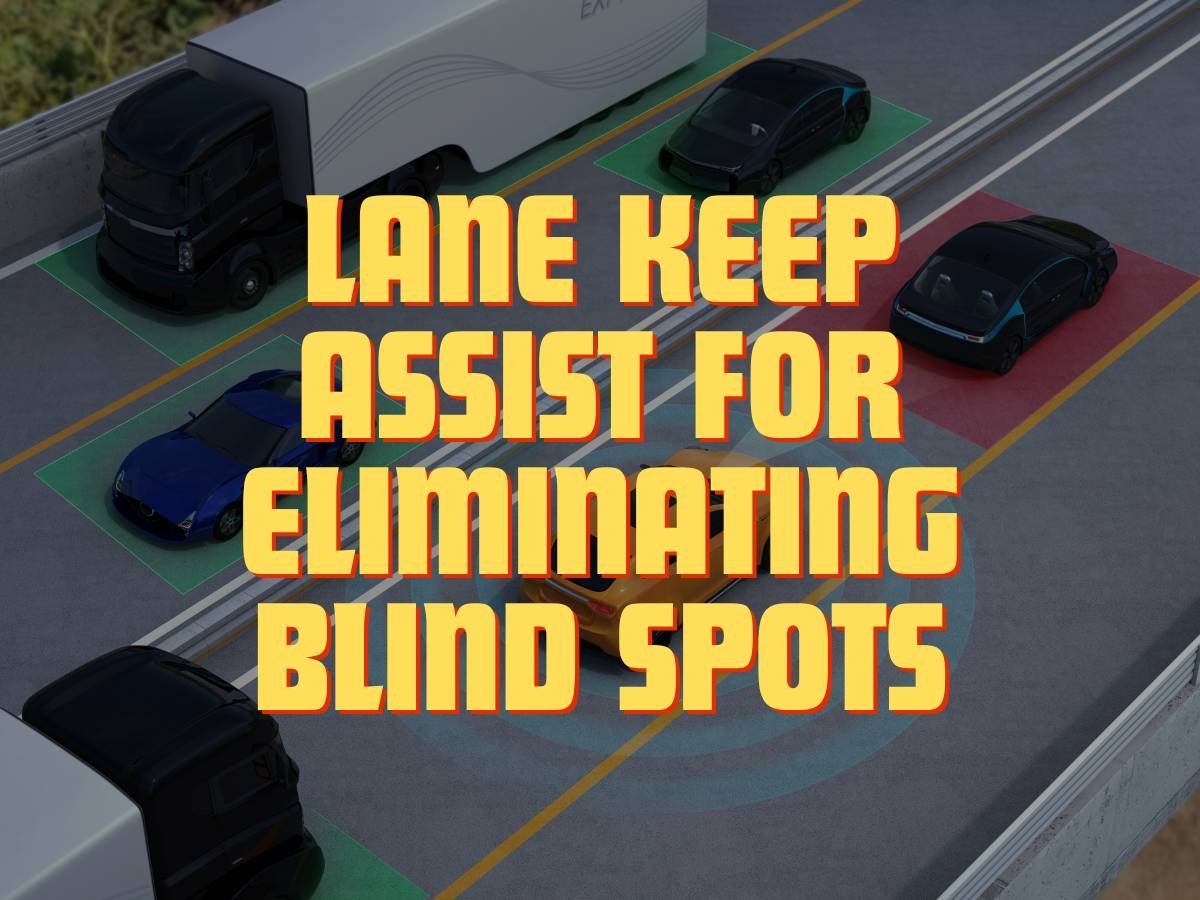
The world of advanced driving assistance systems is growing rapidly. Every day, you will see innovations in existing systems. Simultaneously, newer variations are coming into the spotlight. It confuses many people in picking the appropriate solution for their vehicle. However, one of the most effective systems is lane keep assist.
While its purpose is fairly simple, the system remains efficient, especially in tackling blind spots. How is that? Let’s find out everything in this comprehensive guide!
Lane Keep Assist & Blind Spots 101
Lane Keep Assist, often abbreviated as LKA, is an advanced safety feature. It utilizes sensors and cameras to detect lane markings on the road. LKA actively monitors the vehicle’s position within its lane and provides corrective steering inputs. It automatically detects unintentional drifting upon its activation.
Lane Keep Assist has emerged as a game-changer, significantly augmenting driver awareness and reducing the risk of accidents. It is one of the few advanced driving assistance systems available in both factory-installed and aftermarket variations. Its integration into vehicle systems offers a proactive approach to mitigating lane departure-related incidents.
Its Connection with Blind Spots
Blind spots are present in every vehicle, including cars, SUVs, trucks, buses, motorcycles, etc. One of the key connections between LKA and enhanced safety lies in its role in blind spot elimination. It effectively reduces the reliance on traditional blind spot checks.
Plus, it continuously monitors the vehicle’s position within its lane against potential threats lurking in the driver’s peripheral vision.
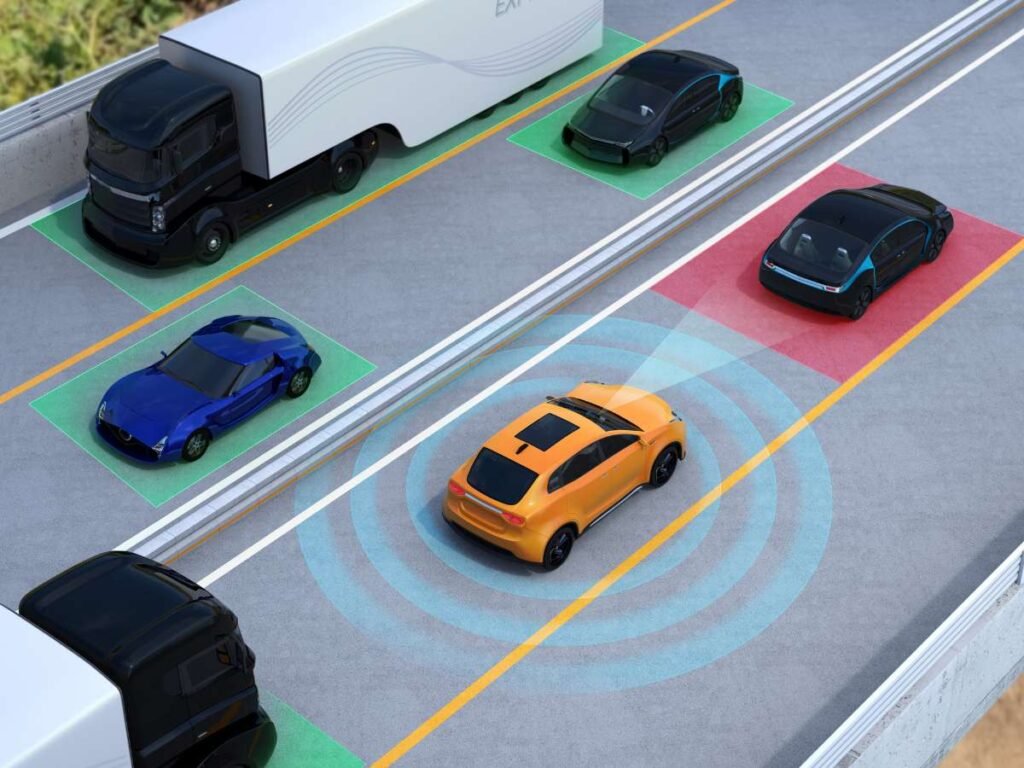
How Does LKA Detect Lane Boundaries?
Lane Keep Assist (LKA) employs a sophisticated array of sensors and cameras. They are integrated into the vehicle’s architecture to accurately detect and interpret lane boundaries. These cutting-edge components work seamlessly to provide real-time feedback and assistance to drivers.
Let’s look at how does LKA work in detail:
1. Camera Systems
LKA’s camera systems serve as the primary visual input. They constantly scan the road ahead to identify lane markings. These high-resolution cameras capture detailed images of the surrounding environment. That includes lane dividers, road edges, and other relevant features.
2. Image Processing Algorithms
Once captured, the images are processed through advanced algorithms. These algorithms are specially designed to recognize and interpret lane markings. They analyze the visual data in real time.
The intelligent algorithm of an LKA distinguishes between different types of lane boundaries like solid lines, dashed lines, and curbs.
3. Lane Departure Warning (LDW) System Integration
LKA often integrates a Lane Departure Warning (LDW) system. It works collaboratively with the system’s lane detection capabilities. LDW utilizes the information gathered by the sensors and cameras. It alerts drivers through visual, auditory, or haptic feedback. If it detects an unintentional lane departure, the system prompts corrective action.
4. Sensor Fusion Technology
LKA may also incorporate sensor fusion technology, combining data from multiple sources. That includes radar sensors, ultrasonic sensors, and GPS navigation systems. The multi-sensor approach enhances accuracy and reliability. Plus, it is even more helpful in challenging driving conditions such as inclement weather or low visibility.
5. Steering Control Mechanisms
LKA engages steering control mechanisms to assist the driver in returning the vehicle to its intended lane position. These interventions may vary in intensity, ranging from gentle nudges to more assertive steering inputs. Generally, it depends on the severity of the deviation and the vehicle’s speed.
How Can Lane Keep Assist Help with Blind Spots?
Lane Keep Assist (LKA) serves as a vital tool in mitigating blind spot-related risks on the road. Let’s see how:
1. Real-time Monitoring
LKA’s real-time monitoring capabilities play an integral role in addressing blind spots effectively. LKA continuously scans the vehicle’s surroundings, including adjacent lanes, to detect potential blind spots.
Upon identifying a vehicle or obstacle in the blind spot zone, LKA promptly alerts the driver. That can be via visual, auditory, or haptic cues, prompting immediate attention and action. It empowers drivers to remain vigilant and take preemptive measures to avoid potential collisions or lane departures.
2. Automotive Corrective Actions
In addition to real-time monitoring and alerting, LKA implements automatic corrective actions. That is to mitigate the risks associated with blind spots. When a vehicle drifts dangerously close to a neighboring vehicle or obstacle within the blind spot zone, LKA intervenes. It applies corrective steering inputs to guide the vehicle back into its designated lane.
LKA minimizes the likelihood of a collision or unintended lane departure. It provides drivers with an extra layer of assistance, particularly in situations where blind spot visibility is limited or compromised.
3. Integration with Other ADAS
Furthermore, LKA collaborates with other advanced safety features to enhance blind spot elimination. That includes integration with Blind Spot Monitoring (BSM), Rear Cross Traffic Alert (RCTA), and 360-degree camera systems. It further enhances LKA’s effectiveness in detecting and mitigating blind spot-related risks.
By leveraging a combination of sensor data and intelligent algorithms, these integrated safety systems provide drivers with comprehensive situational awareness. Simultaneously, reducing the likelihood of blind spot-related accidents or incidents.
Conclusion
Lane Keep Assist (LKA) emerges as a beacon of safety in today’s automotive landscape. It offers drivers unparalleled assistance in navigating roads with confidence and precision. LKA holds the key to enhancing road safety and minimizing the risks associated with blind spots.
Moreover, the seamless integration of Lane Keep Assist with other advanced safety features amplifies its effectiveness. Its driver-friendly approach and usage are some other reasons to try this system in your vehicle.

